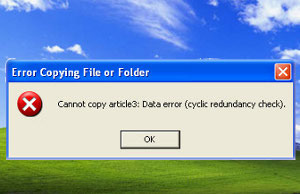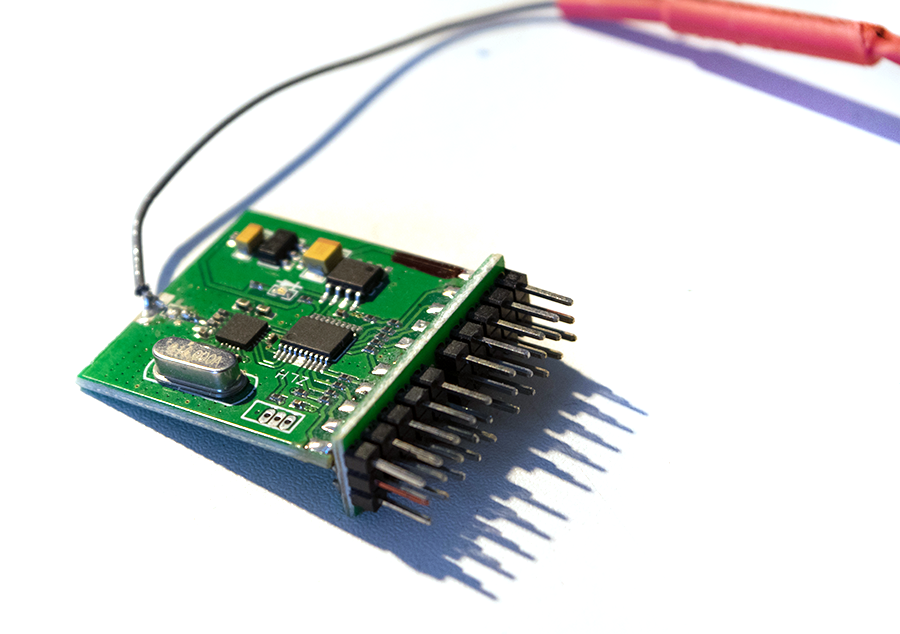For my tank project, I’ll be sending parameters over radio to control the motors so the data packets should be checked to see if they’re valid or if the transmission was corrupted. This is a widely used concept in computing – almost every transaction comes with a checksum which lets you know whether the data that was sent is the same data that you received. If you’ve ever seen a cyclic redundancy check error on older versions of Windows, you’ve seen a bad checksum; the hard drive transmitted something that the operating system checked and found it wasn’t correct.

EDIT
Looks like someone has beaten me to it, and created something much better. Here is an implementation which uses the built-in CRC module on the Teensy 3 to improve CRC calculation speed, and also creates 32 bit checksums.
